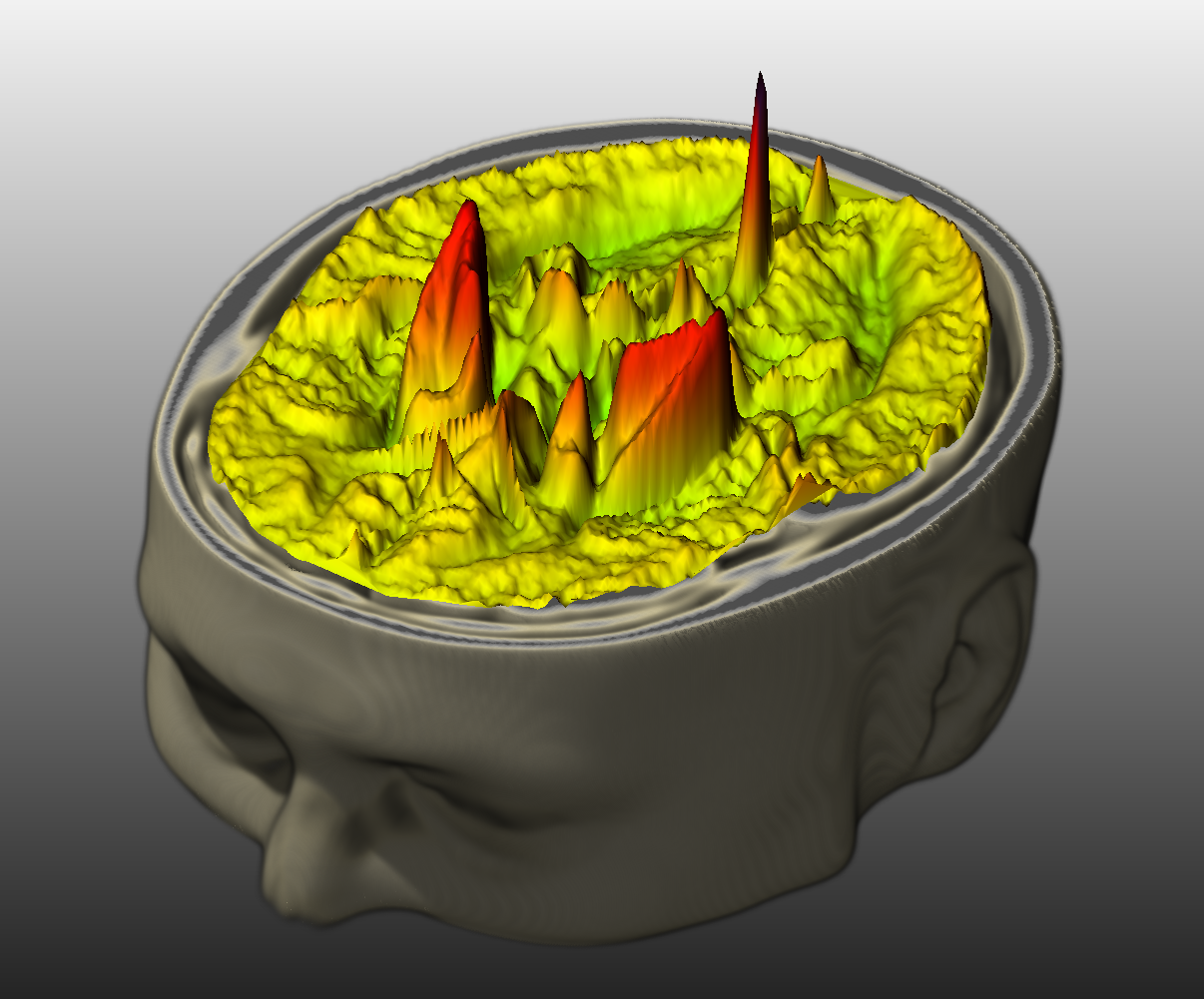Media Release
From: Florey Institute of Neuroscience and Mental HealthKey points:
- High levels of amyloid in the brain are always found in the brains of those who suffer from Alzheimer’s disease, but a mystery group of patients has been shown to have high amyloid with no clinical signs
- Scientists have discovered that brain iron levels may provide the clue to this unusual group of patients – up to 30 per cent of those with amyloid build-up have normal brain iron, and no clinical disease symptoms
- High iron levels appear to push the progress of the disease, accelerating cognitive decline. People with a build-up of both amyloid and iron are highly likely to develop dementia
Researchers from the Melbourne Dementia Research Centre at the Florey Institute of Neuroscience and Mental Health and University of Melbourne believe they have solved the mystery of why 30 per cent of people who have high levels of the amyloid plaque in their brain remain cognitively normal.
According to current knowledge, these people have a high enough amyloid burden to be classified as having Alzheimer’s disease, yet they have no memory or thinking problems.
The reason, according to Professor Ashley Bush and Dr Scott Ayton, is that these individuals have normal levels of brain iron in a region called the inferior temporal lobe. This region is home to the brain’s specialised memory-forming cells. If the levels of iron rise beyond a certain level, the presence of amyloid becomes sinister, and cognitive deterioration begins.
"Our data do not prove that iron causes disease progression in Alzheimer's disease, but the strong association we discovered invites the possibility that iron is a big contributing factor to cognitive decline in Alzheimer's disease,” says Dr Ayton.
In collaboration with the Rush University Medical Center researchers who run The Memory and Ageing Project, a study of over 200 elderly Chicago residents who were recruited while cognitively normal, the team has linked high levels of brain iron to an individual’s likelihood of receiving an Alzheimer’s diagnosis while they were alive.
The research, published today in the Nature journal, Molecular Psychiatry, adds iron burden as an important contributor underlying the brain damage of Alzheimer’s disease, which cannot be explained by the presence of amyloid plaques or tau tangles alone.
Previously the researchers showed that high levels of an iron-transporting protein in spinal fluid, in individuals who were also amyloid positive, were associated with worse cognitive performance.
Now, using an intensely studied group of people, the team has measured their brain iron levels after death, and shown that inferior temporal lobe iron, but not cerebellar iron, was associated with poorer outcomes in memory and cognitive tests.
The impact of iron burden was independent of the patients’ genetic risk factors, age, sex, educational attainment, brain blood vessel damage, other neurodegenerative pathologies like infarcts or Parkinson’s disease.
Importantly, the authors note that brain iron levels are independent of dietary iron, and are instead a product of the brain’s own chemical processes.
The study encourages testing of drugs that lower brain iron. Professor Bush is currently enrolling for a Phase 2 clinical trial (The 3D Study) to determine whether a brain-iron lowering drug can delay memory and cognitive decline in Alzheimer’s patients.
To enrol in the trial, please visit https://www.florey.edu.au/science-research/clinical-trials/3d-study


